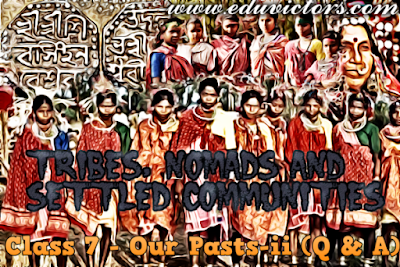Class 7 - History - Chapter 2: New Kings and Kingdoms (Worksheet)
CBSE Class 7 Social Science Book: Our Pasts-II
Fill in the blanks with suitable words (from the given below list of words.
Cholas, Dantidurga, Kitab-al-Hind, Prithviraj, Maharaj-Adhiraja, Nadu, Prashastis, Rajaraja I, Samantas, Tripartite
1. The new Kings adopted high-sounding titles such as _____________.
2. By the seventh century there were big landlords or warrior chiefs in different regions of the subcontinent. Existing kings often acknowledged them as their subordinates or _________.
3. ______, Cheras and Pandyas were prominent ruling dynasties in South India.




